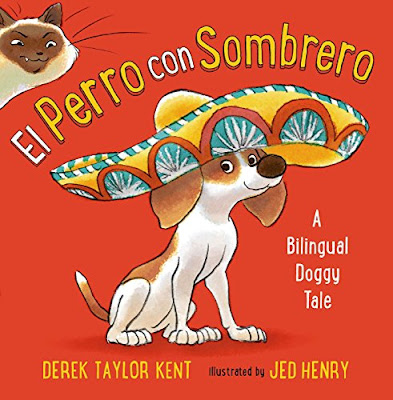Nikolai Tolstyh Animal Silhouettes
Learning Targets
I can...
- Create an original Nikolai Tolstyh Animal Silhouette using drawing techniques learned in class
- Use color combinations (complementary, analogous, monochromatic), shape variation (geometric, organic, free form), and space (positive, negative) inspired by Russian Artist (2015-Present) Nikolai Tolstyh
- Use photography techniques (framing, contrast, symmetry) and design principles (composition, gradation, repetition) based on Russian Art
- Define Silhouette (an image or design in a single hue or color)
Lesson One
Day One, Art Start
1. Mufasa (2019) Nikolai Tolstyh
2. Read Ready To Use Animal Silhouettes by Ellen Sandbeck
3. Discussion Questions "Does an artist have to mirror nature to convey nature? Can artists interact with nature as a subject in a different way? How do artists to their arms to create a work of art? where was the artist standing in conjunction with the work of art? Do depictions of nature have to be beautiful? Does an artist need to experience nature firsthand to represent it successfully? Are paintings of nature a reflection of an artists lifetime? How do works of art concerned with nature relate to the socioeconomic, cultural, or political context in which they were made? How does the meaning of an artwork change over time? How might an artwork be interpreted different at different moments in history?"
Lesson Activities
1. Use three geometric shapes (rectangle, oval, circle) to create a three dimensional silhouette of an animal (fox, moose, squirrel, deer) for the animal silhouettes
2. Add details (eyes, nose, claws) to the three dimensional silhouette of an animal (fox, moose, squirrel, deer) for the animal silhouettes
3. Outline the positive space (foreground) with neutral colors (black, white, grey) for the Nikolai Tolstyh Animal Silhouettes
Day Two, Art Start
1. Retrieve Nikolai Tolstyh Animal Silhouettes for Assigned Tables
2. Lupines (2019) Nikolai Tolstyh
3. Discussion Questions "What do you see in this picture? Does your picture have space or distance? Does your picture have a horizon line, one point perspective, or background? How can we create the illusion of depth within the Nikolai Tolstyh Animal Silhouettes? What do you think was the most important tool the artist used when creating this work? why are you drawn to this subject? What connections did the artist have to her work? Does this artwork represent something about the artist? Is there an element of the artwork you enjoy working with most? What do you think the artist meant when this work was created?"
Lesson Activities
1. Add finishing details (eyes, nose, claws) to the positive space (animal) of the animal silhouettes
2. Use neutral colors (black, white, grey) to outline the positive space (animal) for the animal silhouettes
3. Add embellishments (salt, glitter, metallic) for the negative space (background) of the Nikolai Tolstyh Animal Silhouettes
Day Three, Art Start
1. Retrieve Nikolai Tolstyh Animal Silhouettes for Assigned Table
2. Set Up Studio Area (water bucket, paintbrushes, watercolor)
Lesson Activities
1. Add embellishments (salt, glitter, metallic) for the negative space (background) of the animal silhouettes
2. Add neutral colors (black, brown, grey) to the three dimensional silhouette (animal) of the Nikolai Tolstyh Animal Silhouettes
3. Add value (highlights, shadows) to the positive space (animal) of the Nikolai Tolstyh Animal Silhouettes














































